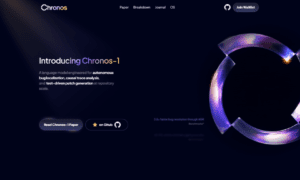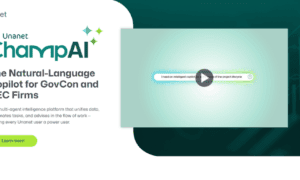Are you tired of grappling with project management challenges and searching for the ideal approach to bring clarity and effectiveness to your work? Look no further. In this blog post, we will embark on a journey through various project management methodologies, unveiling their strengths and weaknesses. Whether you’re an experienced professional or new to the field, join us as we explore different approaches and find the one that fits you like a glove. Get ready to take control of your projects like never before.
Introduction
In the world of project management, numerous approaches are available, making it challenging to determine the best fit for your needs. This article will delve into the most popular project management approaches, helping you decide which one aligns with your requirements.
Waterfall Approach
The first approach we’ll discuss is the traditional Waterfall approach. This method follows a linear process, with each project phase completed before moving to the next one. It suits projects with well-defined requirements and deliverables, making planning and budgeting more straightforward. However, it may lack flexibility when changes arise during development.
Agile Approach
Next on our exploration is the Agile approach, gaining popularity due to its flexibility and adaptability. Agile involves completing tasks in short iterations or sprints, allowing for continuous feedback and course correction. It’s ideal for projects with changing requirements, though it might be harder to control and predict.
Hybrid Approach
Another intriguing option is the Hybrid approach, which combines elements of both Waterfall and Agile methodologies. It offers adaptability to change while maintaining a linear process. This can be useful for projects requiring a balanced approach.
Overview of Different Project Management Approaches
Project management offers a variety of approaches, such as Waterfall, Agile, and Lean. Each comes with its own set of advantages and disadvantages, making them more suitable for specific projects.
Waterfall Approach: Traditional, linear, and structured. Easy to plan and budget, but lacks flexibility for changes.
Agile Approach: Flexible and collaborative, with iterative development and constant feedback. Adaptability to changes, but may be challenging to scale.
Lean Approach: Focuses on efficiency by eliminating waste and maximizing value. Incremental delivery and data-driven decision making. Very effective in some industries but not universally applicable.
Tips for Choosing the Right Project Management Approach
Selecting the right project management approach requires careful consideration of your project’s needs and goals. Here are some tips to guide you:
Define Scope and Objectives: Understand the scope and objectives of your project to identify key factors for your decision-making process.
Project Type Matters: Consider the nature of your project. Linear projects like construction may favor Waterfall, while Agile fits well for dynamic software development.
Assess Risks: Evaluate project risks to choose an approach that can effectively mitigate them.
Align with Organizational Culture: Make sure your chosen approach aligns with the culture and values of your organization to ensure smooth collaboration.
Conclusion
In the world of project management, there’s no one-size-fits-all approach. Exploring different methodologies can help you identify the best fit for your team and project goals. Whether it’s Agile, Waterfall, or another approach, researching your options is essential for success. Each method has unique capabilities that make it effective in specific situations. By finding the right fit for your needs, you can ensure a successful outcome for any project you take on. So, take charge and embark on your path to project management success.



































